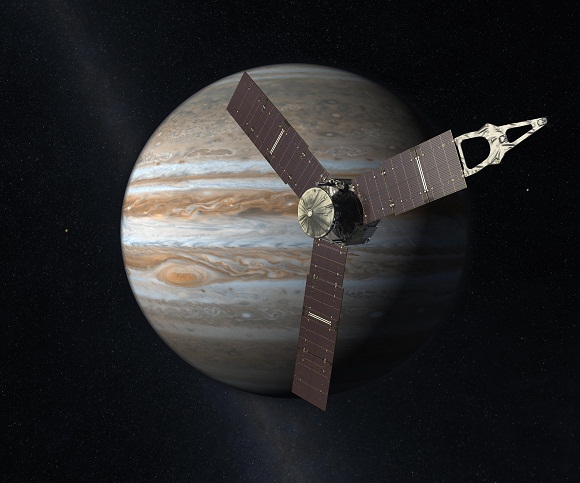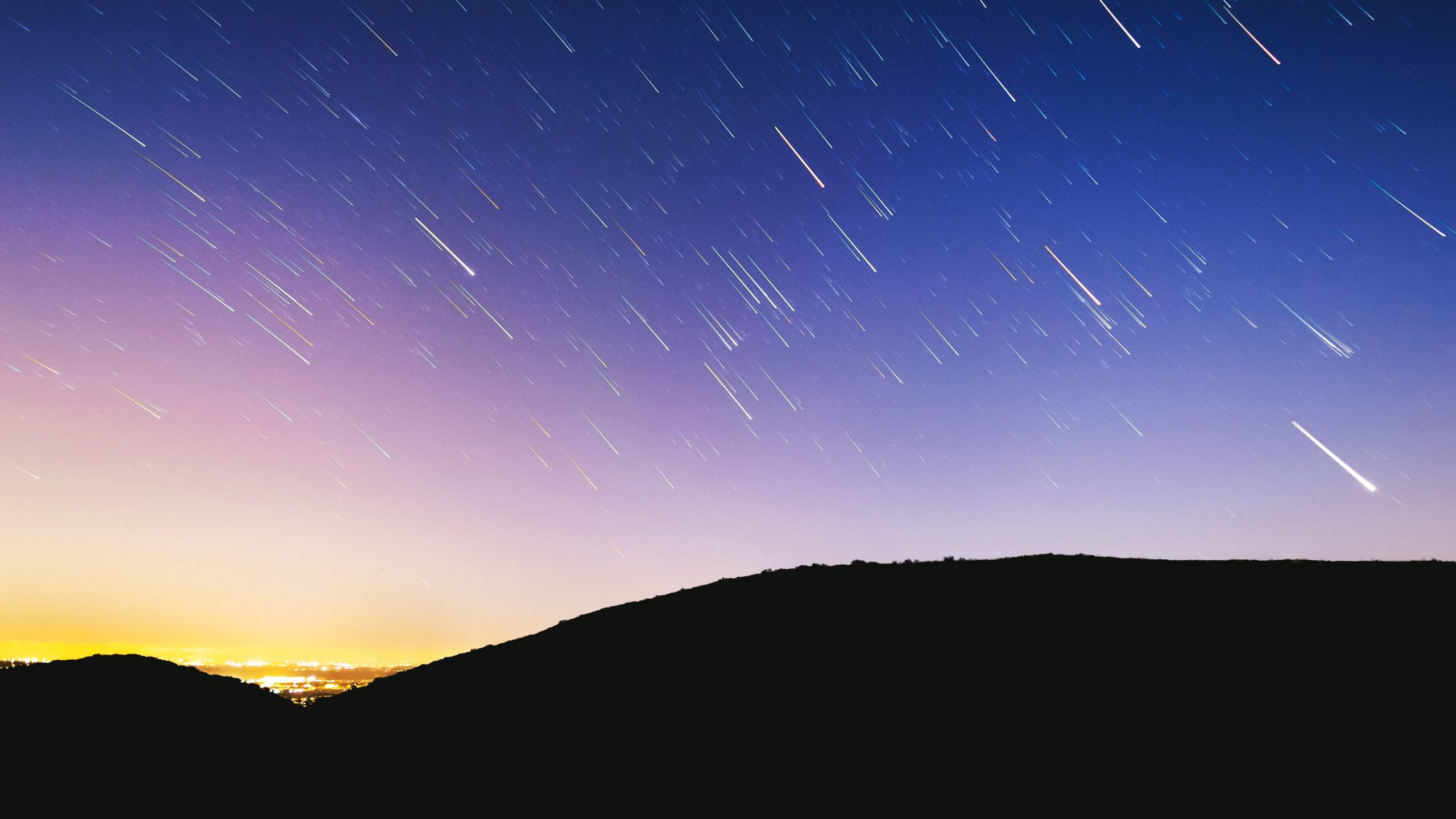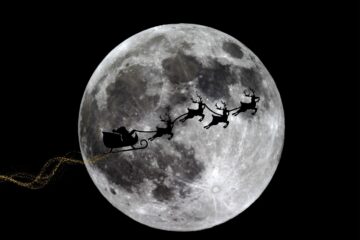While 2020 was in many ways a strange and challenging year for many of us in one way or another, the heavens certainly gave us cause to look up and find some measure of celestial relief. Well there is good news! 2021 will be no different as we can prepare for a relative feast of spectacular planetary activity, along with a host of exciting Space missions to watch out for during the incoming months. So here are our top 10 picks:
1. Triple Conjunction

While this one may be a bit tricky to see low on the SW horizon, have a pair of binoculars handy for the exciting sequel to December 2020’s ‘Christmas Star’ conjunction of Jupiter and Saturn. The 2 biggest planets of our solar system are due to be joined by the tiniest of the lot, Mercury, to form a closely-knit triangle! The date? Sunday 10th of January, around 45 minutes after sunset.
2. Perseverance landing

We don’t have to wait long this year for some real excitement when it comes to planetary exploration as the ‘Mars 2020’ mission’s Perseverance rover is due to land in the Red Planet’s Jezero Crater on the 18th February! Besides collecting samples of broken rock and soil this latest technological explorer from Earth will be making a fresh search for indications of ancient Martian life.
3. OSIRIS-REx spacecraft departure
The OSIRIS-REx spacecraft is due to depart the surface of asteroid Bennu in March before commencing the 321,000 000 km journey back to Earth to send the capsule containing material from the surface of the ancient asteroid hurtling down for collection from the Utah desert in 2023. Fingers crossed for its return trip and subsequent retrieval!
4. Tianwen-1 landing
On the 23rd April 2021 China hopes to become the second nation to land on Mars. Launched on the 23rd July 2020, Tianwen – meaning “heavenly questions” will also be looking for signs of life on the planet’s rusty surface and comprises an orbiter, deployable camera, lander and rover.
5. Super full Moon

If you look up on the night of the 26th May and think there’s something a little different about this Full Moon, then you wouldn’t be wrong. The Moon will in fact be at its closest point to Earth on its egg-shaped orbit at the time and so will appear to be a little bigger than usual!
6. Conjunction of Mars and Venus

On the 12th of July we will be treated to yet another planetary conjunction, this time with entirely new participants! Mars and Venus will be coming together to put on a brief show after sunset in the west and will ‘appear’ to be only a tantalizing Full-Moon’s-width apart beneath a crescent Moon! Depending on what’s on your skyline there will be up to 45 minutes to spot them before they drop beneath the horizon.
7. Juno: decade-long mission complete

In July 2021 after almost 10 years since its launch, the Jupiter Near-Polar Orbiter (JUNO) will have completed its data gathering mission studying the planet-king’s atmosphere, gravity, magnetic fields and polar magnetosphere with the aim of finding clues as to how the huge planet formed and has evolved over time. Once finished the Space probe will be allowed to fall into the embrace of Jupiter’s atmosphere.
8. Planets in opposition

In August 2021 last year’s ‘Christmas Star’ planetary performers will be showing off their ‘best side’ to Earth’s spectator gallery when our planet finds itself positioned in line with the Sun on one side of it and Jupiter (or Saturn respectively) on the other. With Saturn and Jupiter on opposite sides of the Earth from the Sun – these gas giants will be seen not only more clearly as we are able to view their illuminated side in full, but the planets will appear to be bigger in this aligned position due to them being closer to our planet on their orbital journey than at any other time (perigee). So if you missed getting a good look at them during December’s ‘Great Conjunction’ get your best optical aid ready for seeing them in all their glory ‘shadow free’!
Normally looking like a golden star of average brightness – Saturn will appear at its clearest, brightest and biggest from its position of opposition to the Sun on the 2nd August in the constellation of Capricornus the Sea-goat.
Jupiter’s opposition will be on Friday 20th August and will rise in the SE from 9:15pm and will be highest in the Southern part of the sky around 1am. It will also be found in the constellation of Capricornus with an incredibly bright magnitude of -2.9.
9. James Webb Telescope launch

Have a bumper load of popcorn at the ready not just for the Hallowe’en fireworks but also because on the 31st October the world should see arguably the most precious cargo to leave Earth on a 1-way journey for more than 30 years blast off into Space on an Ariane 5 Rocket, the James Webb Telescope. With a primary mirror more than 2.5 times the diameter of the one employed by the amazing Hubble Space Telescope, this long-awaited new Space observatory is described by ESA’s Director of Science, Gunther Hasinger as: “the most ambitious and complex astronomical project ever built… the breakthrough science that it will enable is absolutely worth it.”
10. Geminids Meteor Shower

Cloud-cover permitting we can look forward to a delightful finale to 2021’s celestial concert of meteor showers with the Earth-bound ‘extra-bright’ asteroid fragments (from 3200 Phaethon) radiating from the Gemini constellation. That said, an attention-seeking waxing gibbous Moon may gatecrash the event to try and steal the show! Promising nights of cold-white bright meteors, the peak night will be from dark on the 13th December through until dawn the next day.



0 Comments